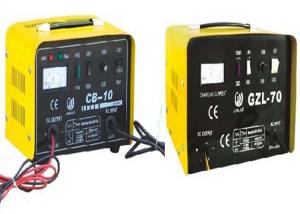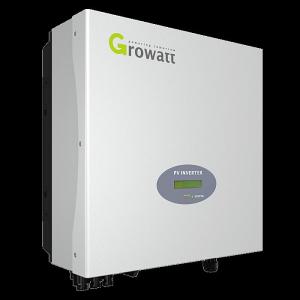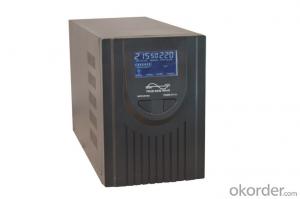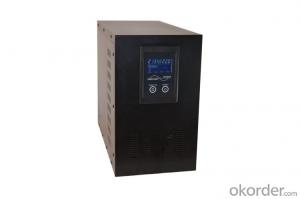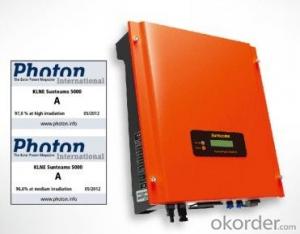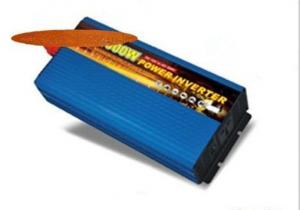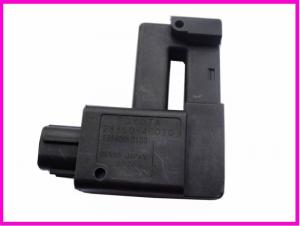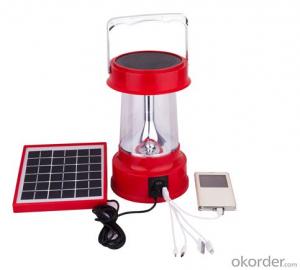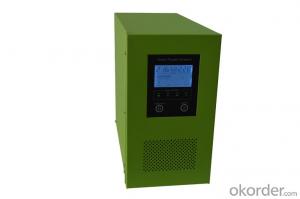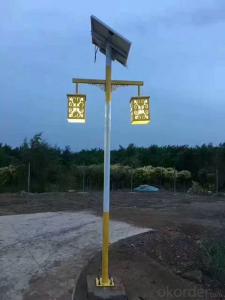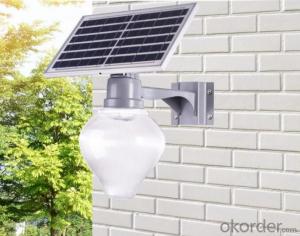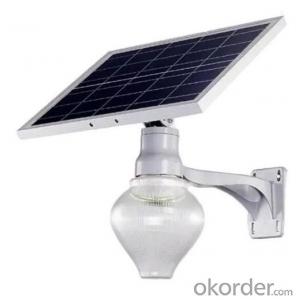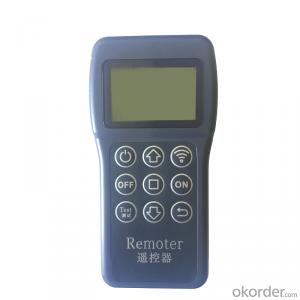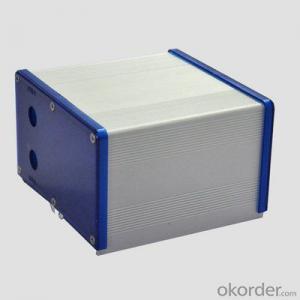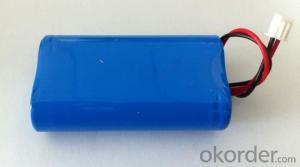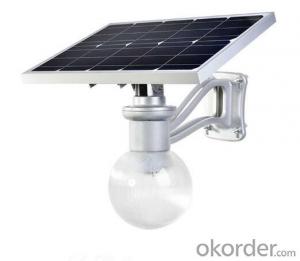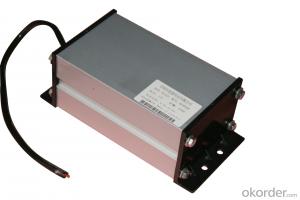Charge Inverter Battery Solar
Charge Inverter Battery Solar Related Searches
Inverter Battery Solar Inverter Charger Solar Inverter Solar Battery Battery Inverter Solar Battery Solar Inverter Inverter Battery Solar Charger Solar Inverter Charger Solar Battery Inverter Solar Inverter Battery Solar Battery With Inverter Solar Battery For Inverter Solar Charger For Inverter Solar Power Inverter Charger Solar Charger With Inverter Inverter With Solar Charger Solar Charger Inverter Solar Charge Inverter Inverter With Battery Solar Solar Inverter Charging Solar Inverter Chargers Solar Inverter For Battery Hybrid Inverter Charger Solar Inverter Solar Panel Battery Solar Power Battery Inverter Inverter For Solar Battery Inverter Charger Solar System Best Solar Inverter Charger Battery Inverter Solar System Solar Inverter Charger 12v Solar Power Inverter BatteryCharge Inverter Battery Solar Supplier & Manufacturer from China
Charge Inverter Battery Solar is a combination of essential components designed to harness solar energy and convert it into usable power. This product typically includes a solar panel, charge controller, inverter, and battery, all working together to provide a reliable and eco-friendly power source. The system is designed to charge the battery using solar energy during the day, and then invert the stored energy to power various electrical devices when sunlight is not available.Charge Inverter Battery Solar finds its application in a wide range of scenarios, from off-grid homes and remote cabins to emergency backup power systems and portable power solutions for outdoor activities. It is particularly useful in areas where grid electricity is either unreliable or unavailable, offering a sustainable and cost-effective alternative. The system can power lights, appliances, and other electronics, making it a versatile choice for various needs.
Okorder.com is a reputable wholesale supplier of Charge Inverter Battery Solar products, boasting a large inventory of high-quality systems to cater to the diverse requirements of customers worldwide. With a commitment to excellence, Okorder.com ensures that each product is thoroughly tested and meets the highest industry standards, providing customers with reliable and efficient solar power solutions.
Hot Products



